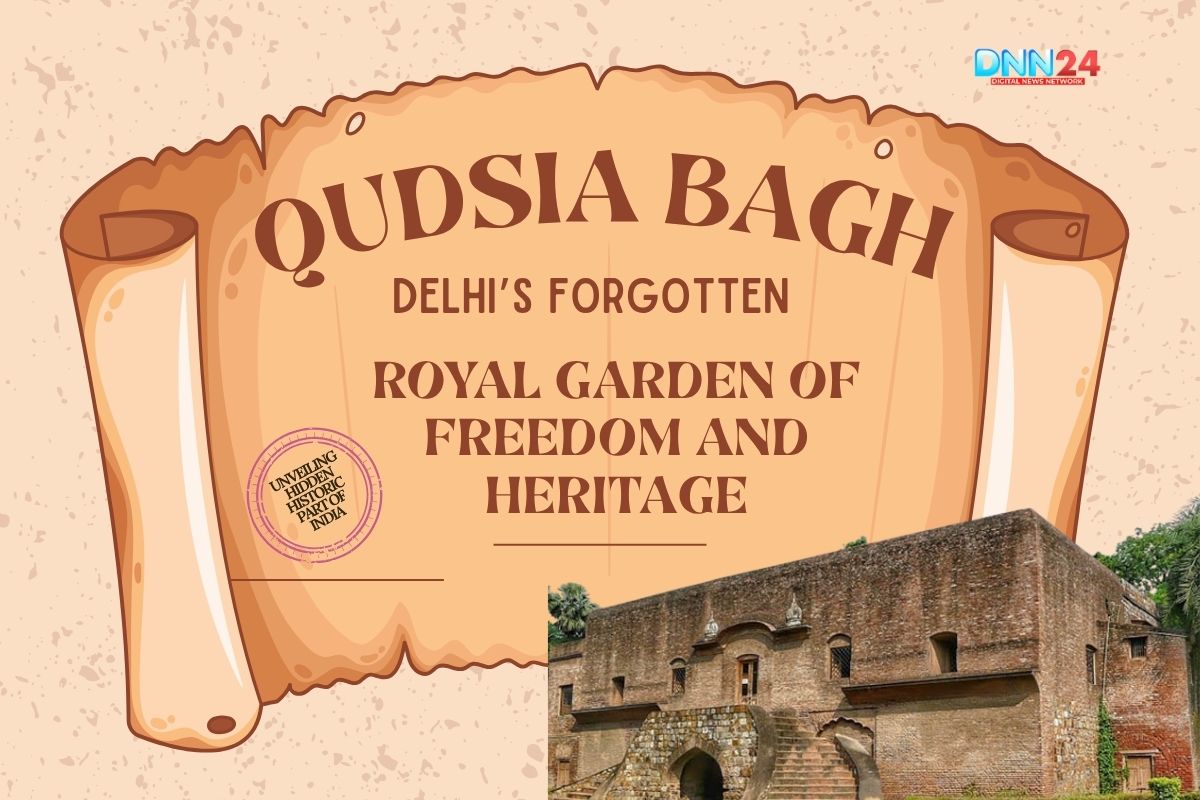Qudsia Bagh in Delhi stands as a testament to history, yet few people are aware of this remarkable place. Built in 1748, this garden carries stories that span centuries, from the Mughal era to India’s struggle for independence. The garden owes its name to Qudsia Begum, the third wife of Mughal Emperor Mohammad Shah, who was also known as Rangila. She was initially a courtesan before becoming the queen, and she made several significant contributions to Delhi’s architecture. This garden was her creation, complete with a mosque inside its boundaries.
The area was much larger in those days than what remains today. Qudsia Begum belonged to a period when the Mughal Empire was beginning its decline, particularly after the reign of Aurangzeb. Multiple invasions marked her husband’s time, and historians consider this era the beginning of the empire’s downfall. Because this garden comes from the later Mughal period rather than the empire’s golden age, it never received the preservation it deserved. Despite being a protected monument under the Archaeological Survey of India today, the garden struggles with maintenance issues that reflect a broader problem with heritage conservation across the country.
The Battle That Changed Delhi’s Fate in 1857
The First War of Independence in 1857 gave Qudsia Bagh its most significant historical importance. The garden became a decisive battlefield in the fight between British forces and Indian soldiers. The British army had set up its camps on the nearby Ridge. At the same time, Indian soldiers under Bahadur Shah Zafar, Bakht Khan, and other commanders were positioned around Old Delhi and the Red Fort. Qudsia Bagh became the last central point between these two forces, where the real battle was fought. Indian soldiers used the mosque inside the garden as their base, launching attacks from there while operating artillery that fired cannons toward British positions.
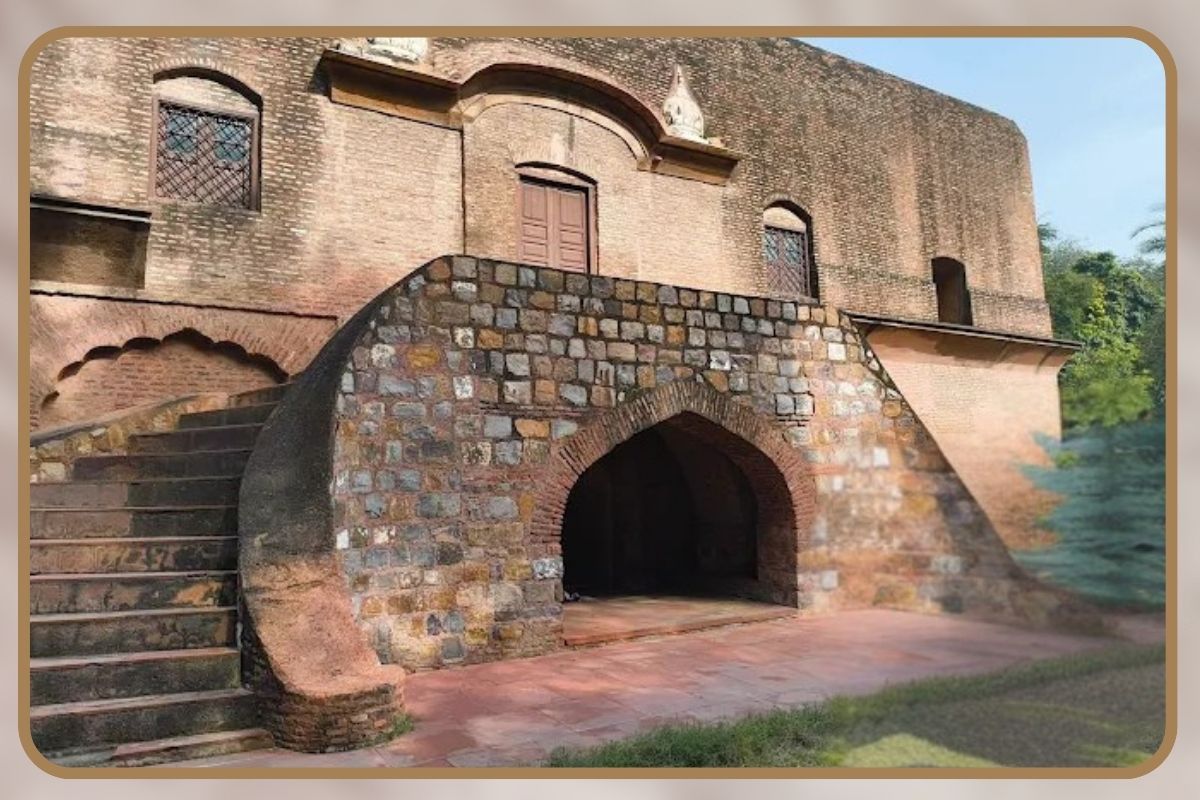
The mosque suffered severe damage during this fighting, and photographs from that period still exist showing its destroyed state. On 7 September 1857, British forces captured Qudsia Bagh in a crucial victory. Immediately after taking this garden, they advanced to Kashmir Gate and eventually recaptured Delhi. Both sides understood that whoever controlled Qudsia Bagh would control Delhi itself. If the British could conquer this garden, their path to the Red Fort would open, and that is precisely what happened. After their victory, the British even considered establishing their cantonment at this location, though they eventually abandoned this plan.
Where Bhagat Singh Took His Final Vow
Qudsia Bagh holds another sacred place in India’s freedom struggle through its connection with Bhagat Singh and Batukeshwar Dutt. Before these revolutionaries went to throw smoke bombs in the Legislative Assembly in Delhi, they came to Qudsia Bagh for a secret meeting with their comrades. This gathering is depicted in the famous film “Shaheed,” starring Manoj Kumar. Since Batukeshwar Dutt himself helped write the story for that film, the portrayal is considered authentic. According to these accounts, the female members of their revolutionary party performed an aarti for Bhagat Singh and Batukeshwar Dutt, blessing them in the traditional Indian manner before they departed on their mission.
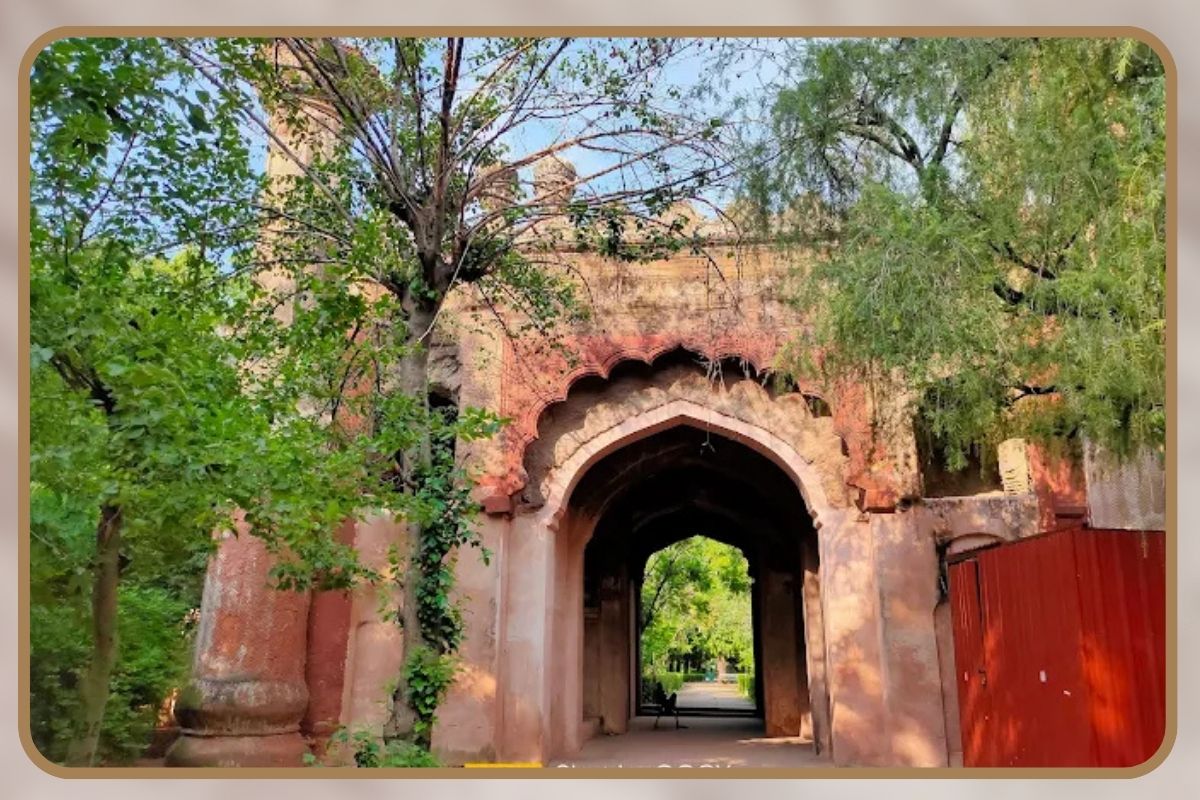
This was the last time Bhagat Singh met his party members, embracing them and essentially accepting his fate as a martyr. The ritual of tying the metaphorical shroud around one’s head before sacrifice happened at this very garden. For one of India’s greatest freedom fighters, someone who ranks among the top names in our struggle for independence, this declaration of readiness for sacrifice began at Qudsia Bagh. The garden thus represents a turning point not just in Bhagat Singh’s journey but in the revolutionary movement of the 1920s and 1930s.
A Heritage Crying for Attention
Today, Qudsia Bagh exists in a state of neglect that reflects poorly on our attitude toward historical preservation. The garden remains a protected monument under the Archaeological Survey of India, meaning the central government is responsible for its conservation and maintenance. Yet anyone visiting this place can see the poor condition of the structures. The walls bear scratches and graffiti where young people have carved their names and written messages of love, treating this sacred historical space as just another wall. This problem extends beyond Qudsia Bagh to affect monuments across India.
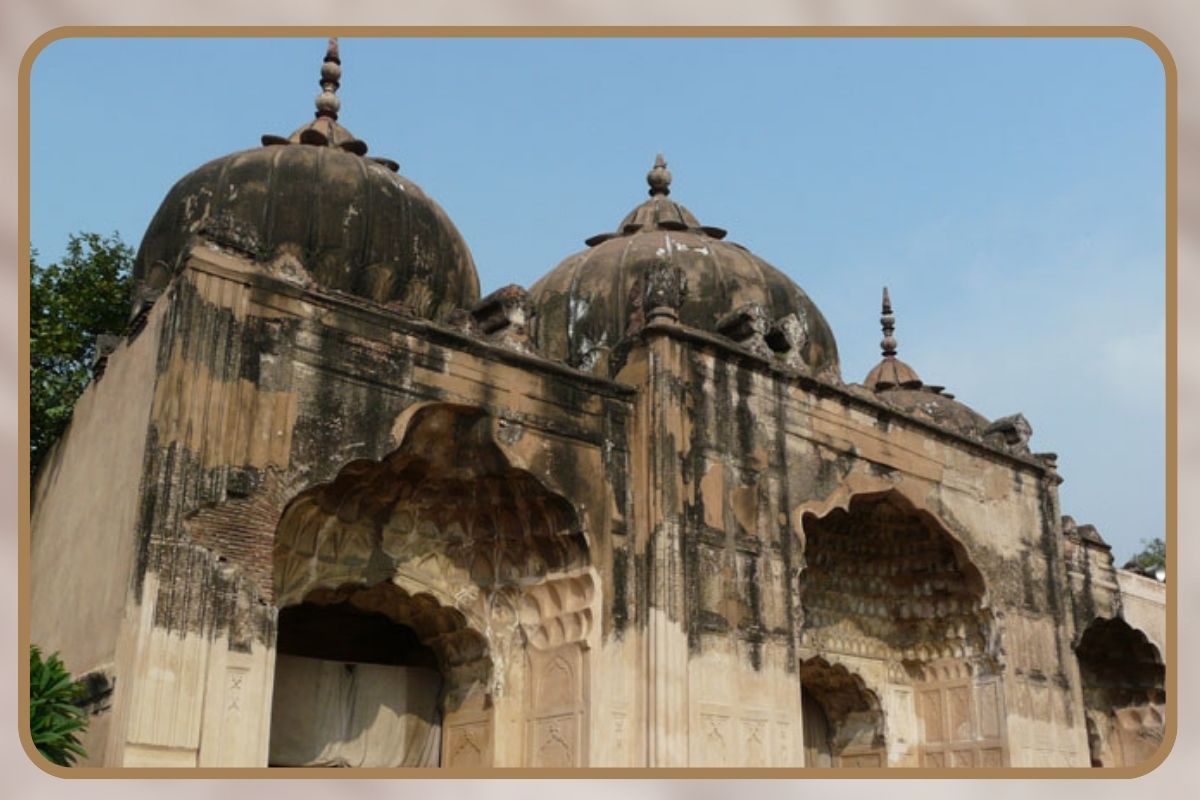
We travel to places like Venice and marvel at how Europeans preserve their 200- or 300-year-old canals and buildings, keeping everything in pristine condition. However, when we examine our own heritage sites back home, we often fail to show the same care and respect. The responsibility does not lie solely with the government. Citizens need to become more aware and sensitive about these monuments. People should understand that visiting such places and defacing them with personal messages demonstrates a lack of respect for our shared history. Libraries, monuments, and heritage sites all suffer from similar neglect across the country, creating a troubling pattern of disregard for our past.
From Battlefield to Public Park
After independence, authorities eventually decided to develop Qudsia Bagh into a public space where residents could come for walks and recreation. The Archaeological Survey of India took the site under its protection, and efforts were made to convert parts of the area into parks that the surrounding community could use. This pattern has been repeated at various historical sites across Delhi and other cities. The intention was good, allowing people to access and enjoy these spaces rather than keeping them completely sealed off.
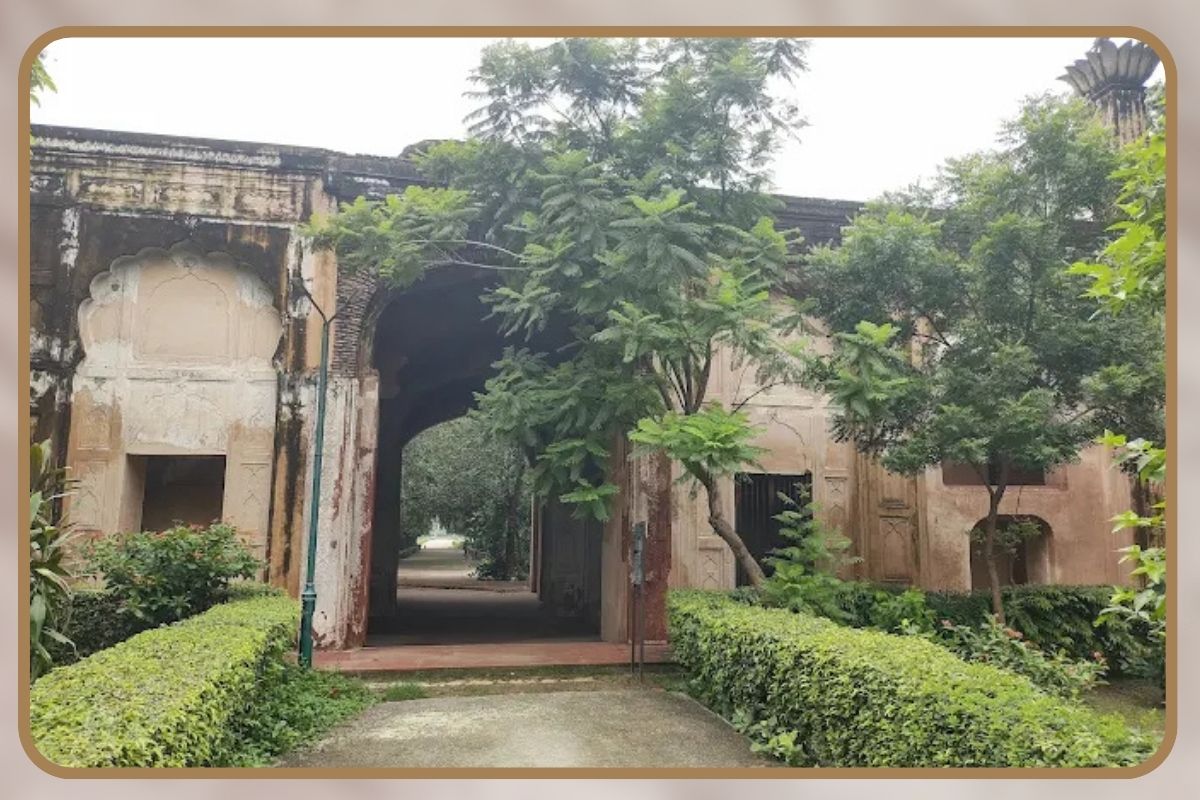
However, most visitors today come to Qudsia Bagh simply as a park for morning or evening walks. They remain entirely unaware of the tremendous historical significance beneath their feet. The garden is not among Delhi’s most popular parks, so it does not attract large crowds. Those who do visit treat it as a recreational space without any connection to the battles fought here or the revolutionaries who walked these paths before heading to their martyrdom. This disconnect between the place and its history represents a lost opportunity for education and remembrance of the sacrifices made for our freedom.
Spreading Awareness Through Modern Platforms
The question arises about how we can use social media and modern communication methods to spread awareness about historical monuments like Qudsia Bagh. Some individuals are already making valuable contributions in this area. Content creators create reels and short videos that share historical facts about these places, helping information reach younger audiences who live on social media platforms. These efforts deserve appreciation because they bridge the gap between history and the digital generation. However, this approach also brings challenges.
Sometimes, the facts presented in these videos are misrepresented or oversimplified, spreading incorrect information alongside the awareness. Despite this drawback, social media remains a powerful tool for connecting people with their heritage. When used responsibly and with proper research, these platforms can revive interest in forgotten places like Qudsia Bagh. The key lies in balancing engaging content with historical accuracy, ensuring that while we make history enjoyable for modern audiences, we do not distort the truth in the process. More historians, educators, and responsible content creators need to step into this space, creating reliable sources of historical information that can compete with entertainment-focused but factually weak content.
Also Read: Malcha Mahal: Delhi’s Mysterious Royal Palace Where Dreams Turned to Dust
You can connect with DNN24 on Facebook, Twitter, and Instagram and subscribe to our YouTube channel.

